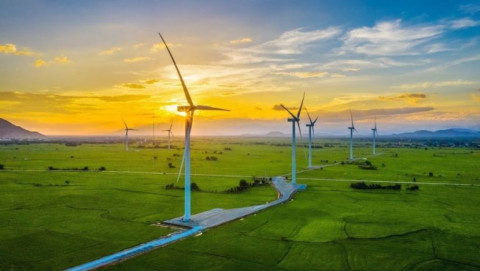Practical applications of carbon credits in the economy. Part XII: Developing green road transport towards net zero goals
- 200
- Socially Responsible Enterprise
- 17:28 11/07/2024
DNHN - Developing green road transport has become a top priority. The Net Zero goal, meaning no additional greenhouse gas emissions into the atmosphere, is a commitment that countries around the world are making and implementing.
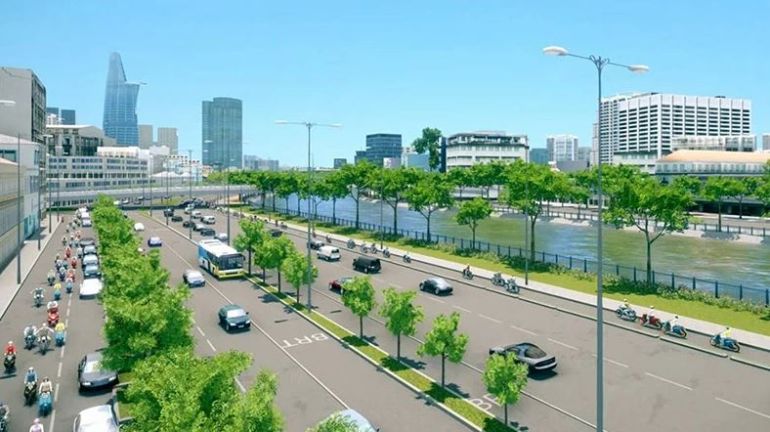
Transition to green vehicles
At the COP26 conference, Vietnam committed to achieving net-zero emissions by 2050, a strong and responsible commitment in the context of increasingly severe climate change with extreme weather phenomena such as heatwaves, droughts, floods, and widespread wildfires around the world.
The transportation sector, especially road transport, plays a crucial role in reducing CO2 emissions, accounting for up to 80% of the total emissions of the entire sector. Therefore, developing green road transport has become more urgent than ever. This not only helps to fulfill the Net Zero commitment but also opens up opportunities for the sector to move forward, modernize, and integrate with global trends and advanced technologies.
To achieve the Net Zero goal, transitioning from fossil fuel-powered vehicles to green vehicles is essential. Electric vehicles (EVs), vehicles powered by renewable energy sources such as electricity, hydrogen, or fuel cells, are suitable choices. The government and businesses need to invest in researching and developing advanced technology to produce green vehicles while creating favorable conditions for the public to transition to using these vehicles.
Developing public transportation and rail transport, which can efficiently transport large numbers of people and help reduce emissions from personal transport, is also important. The government should invest in public transport infrastructure and expand the railway network, while implementing policies to encourage the public to use public transport and railways by reducing ticket prices, improving service quality, and enhancing passenger convenience.
To promote the use of EVs and bicycles, supporting infrastructure such as charging stations, safe parking spaces for bicycles, and convenient cycling paths must be built. The government needs to invest in building and improving this infrastructure, and implement policies to encourage the public to use EVs and bicycles, including financial support and tax incentives.
Additionally, smart technology and autonomous vehicles can enhance efficiency and safety in road transport. Smart systems can help reduce traffic congestion and save energy, while autonomous vehicles can optimize travel routes and reduce emissions. The government and tech companies need to collaborate to develop and deploy these technologies while ensuring safety and privacy protection for the public.
Sharing vehicles such as cars, bicycles, and electric vehicles can reduce the number of vehicles on the road and decrease emissions. Governments and organizations need to create favorable conditions for vehicle sharing by implementing policies and building online platforms to facilitate easy vehicle sharing among the public.
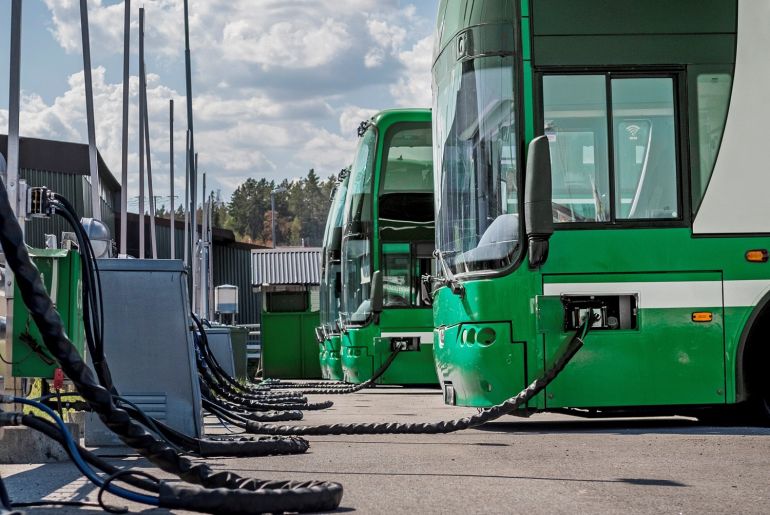
Moving towards net zero
To push for reduced emissions, the Ministry of Transport (MOT) has focused on promoting solutions, especially through the approval of the Action Program for Green Energy Transition and Carbon and Methane Emission Reduction in the transport sector. Decision No. 876/QD-TTg in July 2022 set clear targets, specific implementation roadmaps, and solutions to ensure effective environmental protection and sustainable development of the sector.
Deputy Minister of Transport Le Anh Tuan has informed that many businesses in Vietnam have made strong efforts in transitioning to green energy by promoting domestic electric vehicle production and building charging infrastructure nationwide. At the same time, they have set new standards in environmental, social, and corporate governance activities. Decision No. 876/QD-TTg by the Prime Minister has approved the Action Program on green energy conversion, carbon and methane emission reduction in the transport sector. The Ministry of Transport has also introduced a series of support policies to encourage the transition to electric vehicles. However, the implementation of this conversion still faces numerous challenges, including inadequate charging infrastructure, high costs of electric vehicles, lack of consumer incentives, and insufficient awareness among agencies and businesses about the importance of transitioning to green energy.
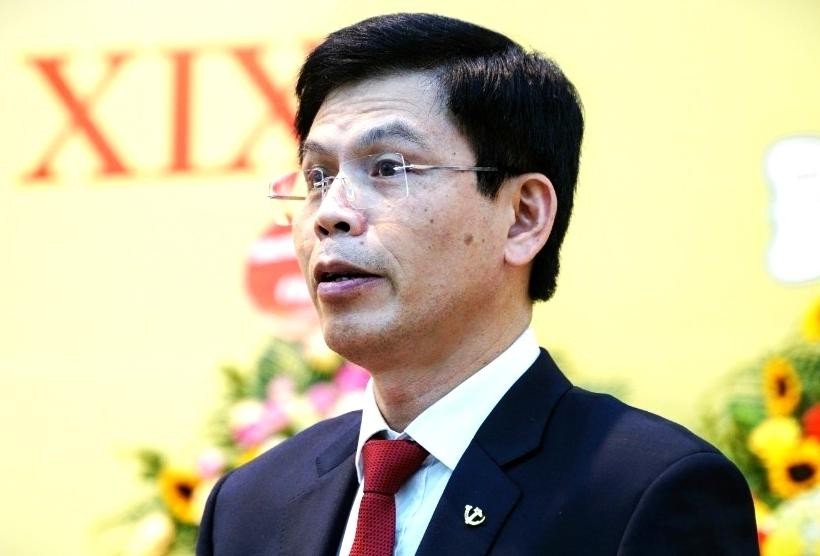
According to the Institute of Strategy and Development for Transport, Vietnam is projected to reach emissions of about 64.3 million tons of CO2 by 2025 and 88.1 million tons of CO2 by 2030. Road transport, particularly in major cities like Ho Chi Minh City and Hanoi, accounts for nearly 80% of the total emissions of the sector. Therefore, the government and the MOT are strongly focusing on CO2 reduction solutions in road transport, with a focus on transitioning from internal combustion engines to EVs and green energy vehicles.
Hanoi has led the way in green energy transition within the transport sector, deploying environmentally friendly public transport modes, including CNG buses, electric buses, electric taxis, urban rail, electric two-wheelers, and public bicycles. Of the 2,000 buses currently in operation, Hanoi has 277 electric and CNG buses, accounting for 13.6% of the total fleet.
According to the Hanoi Department of Transport, the transition is divided into two phases: phase 1 from 2025-2030, with an average conversion of 157 vehicles per year; and phase 2 from 2031-2035, with an average conversion of 162 vehicles per year. Meanwhile, Ho Chi Minh City aims for 100% of new taxis to use electricity and green energy by 2030, and for 100% of buses and taxis to use green energy by 2050.
Developing green road transport is a crucial step towards achieving the Net Zero goal. To succeed, the government, technology companies, and the community must collaborate to invest in green vehicles, promote public transportation and rail transport, build supportive infrastructure for EVs and bicycles, use smart technology and autonomous vehicles, and encourage vehicle sharing. Only with collective efforts can we build a sustainable road transport system and achieve the Net Zero goal, protecting the environment and creating a bright future for future generations.
Nghe Nhan
Related news
- Practical applications of carbon credits in the economy. Part XI: Developing a sustainable and environmentally friendly transportation system
- Practical applications of carbon credits in the economy. Part X: Exploiting carbon potential in intensive agriculture
- Practical applications of carbon credits for the economy. Part IX: Carbon trends in the future of agriculture
#environmental protection
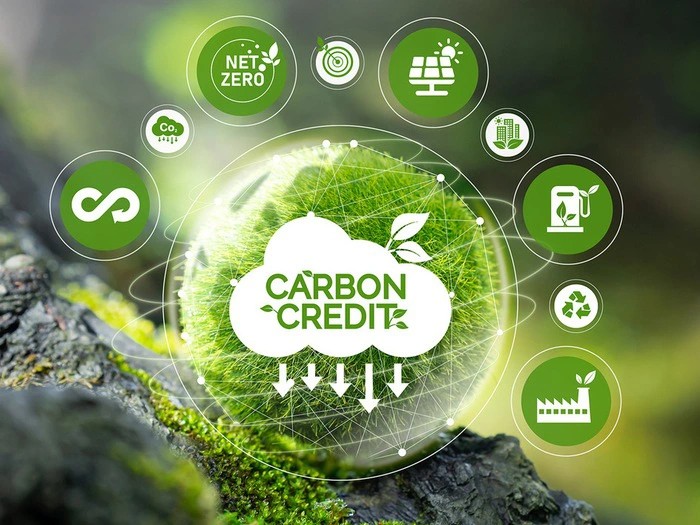
Reducing greenhouse gas emissions and carbon market development to fulfill COP 26 commitments
Vietnam aims to reduce greenhouse gas (GHG) emissions and develop a carbon market, aligning with its COP 26 commitments. This requires close coordination and comprehensive solutions from all sectors and communities.
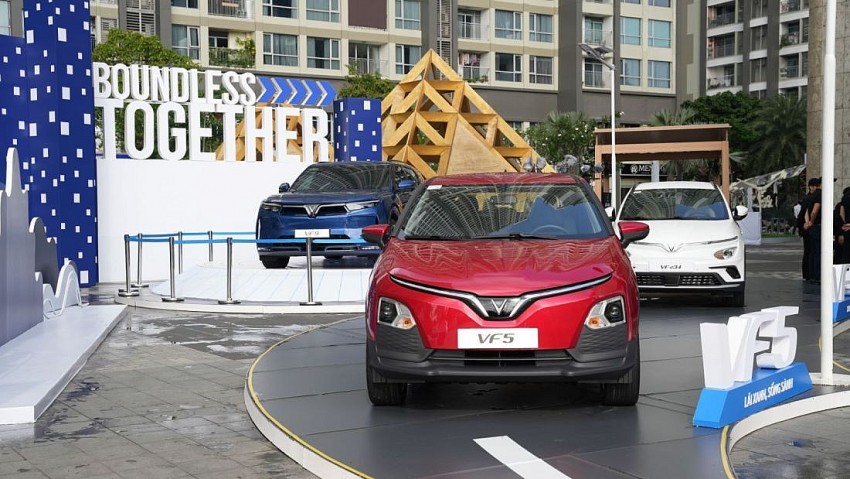
What can be learned from VinFast's success after becoming the best-selling car brand in Vietnam?
VinFast's market-leading sales in Vietnam in September marked a major turning point, as a domestic electric vehicle brand outpaced international competitors.
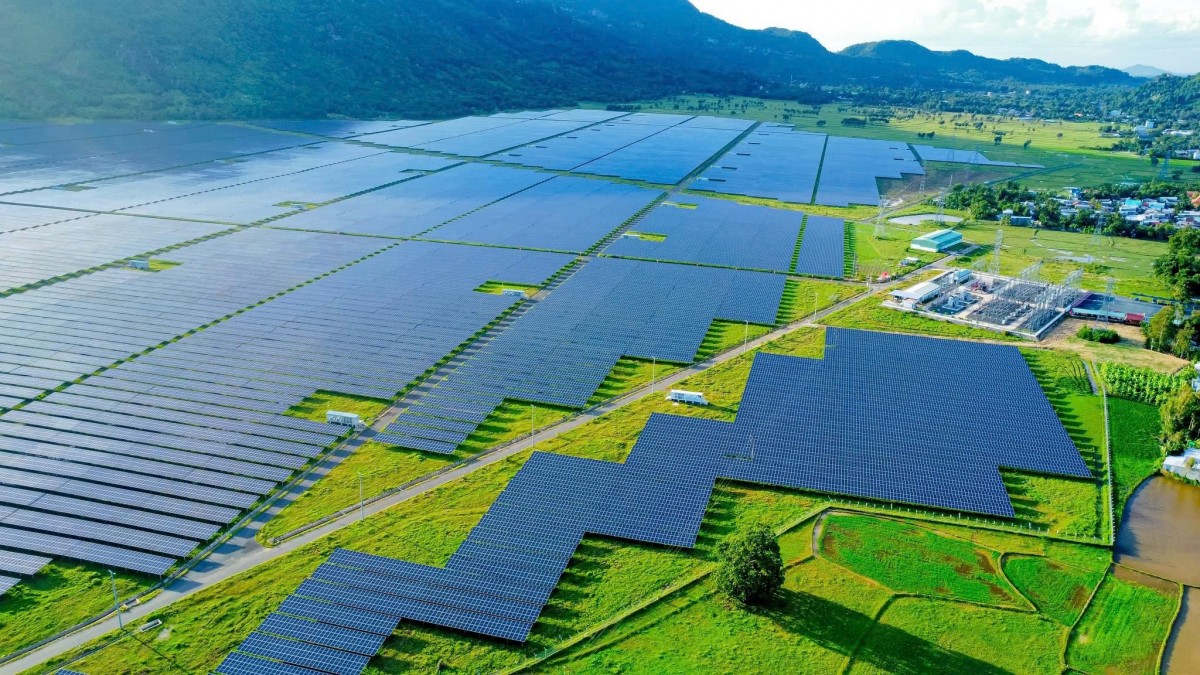
Nurturing life for the future with clean energy
Vietnam has just endured Typhoon No. 3, leaving behind a trail of destruction and loss that makes us all feel small against Mother Nature. It is time for a change, time to nurture and protect our living environment.
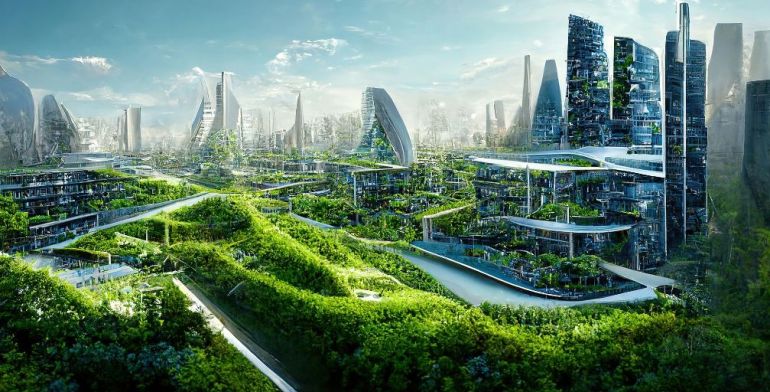
Practical applications of carbon credits in the economy. Part XXI:Carboncor Asphalt - An effective solution for Vietnam to achieve net zero emissions
Vietnam is actively implementing green construction solutions to achieve the goal of net zero emissions by 2050. These solutions reduce greenhouse gas emissions and support sustainable development in the construction industry.
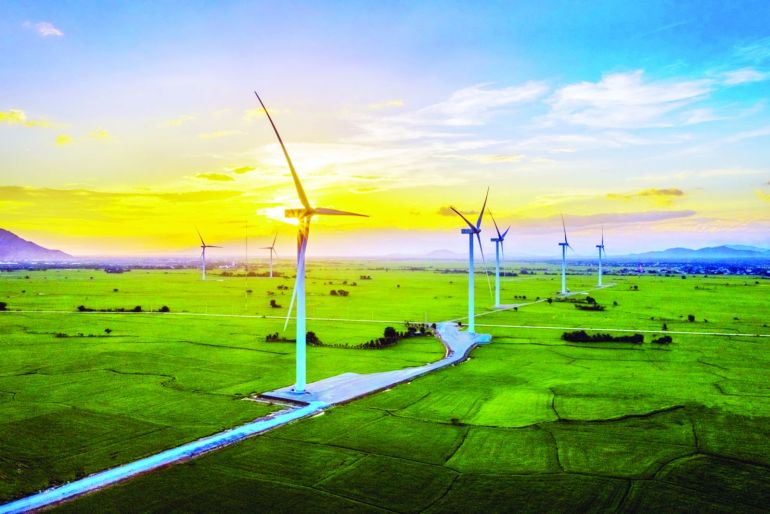
Practical applications of carbon credits in the economy. Part XI: Bridging policy and strategy for the carbon credit market
To develop the carbon credit market, the Government and businesses must improve cooperation and communication. The Government needs to provide clear policies, while businesses must adopt emission reduction strategies and leverage carbon credits.

Yen Bai: Implementing the plan to manage and eliminate ozone-depleting substances and greenhouse gases
The People's Committee of Yen Bai province has just issued document No. 3005/UBND-TNMT on the implementation of the National Plan for the management and elimination of ozone-depleting substances and controlled greenhouse gases.
Đọc thêm Socially Responsible Enterprise
When artists do business – livelihood is no poetry!
A series of indictments, arrests, and bankruptcies among artists has sounded a serious alarm.
Hanoi’s economy grows 7.92% in first nine months of 2025, FDI surges nearly threefold
Hanoi maintained robust growth momentum in the first nine months of 2025 with GRDP up 7.92% year-on-year, driven by strong services and construction sectors.
Vietnam’s strong gdp growth fails to ease labor market distress
As the year draws to a close, the pressing challenge for businesses and policymakers is how to rebuild worker morale, retain top talent, and stabilize employment amid lingering uncertainty.
Vietnam ramps up efforts to lift EU “Yellow Card” on Illegal fishing
Prime Minister Pham Minh Chinh has called for intensified and coordinated efforts to have the European Commission’s “yellow card” on Vietnam’s fisheries removed within this year.
Quang Tri calls for investment in wind power plant project worth over VND 1,100 billion
The People’s Committee of Quang Tri Province has officially announced the Hưng Bắc Wind Power Plant Project as part of its investment invitation portfolio.
Hanoi receives two million visitors during the four-day National Day holidays
From August 30 to September 2, Hanoi received around 2.08 million visitors during the four-day National Day holidays , three times higher than the figure in the same period last year, the municipal Department of Tourism reported.
Ca Mau gradually makes its mark on the national tourism map
By 2025, Ca Mau aims to attract 8.4 million visitors and achieve a total revenue exceeding 8,585 billion VND, contributing to the province's double-digit growth target.
UNDP Resident Representative hails Vietnam as an emerging economic powerhouse
Millions of people have been lifted out of poverty, hunger has been eliminated, and the economy has maintained consistent growth rates of over 6 per cent, UNDP Resident Representative in Vietnam Ramla Khalidi remarks.
Alpha Books Chairman Nguyen Canh Binh: The survival weapons of Vietnamese entrepreneurs in the age of AI.
Alpha Books Chairman Nguyen Canh Binh shares three essential lessons to ensure the survival and growth of Vietnamese entrepreneurs in the digital age: creativity, connection, and collective intelligence.
Mr. Le Viet Thang, CEO of 1Office: "Don’t use old solutions for new ai challenges"
As artificial intelligence (AI) reshapes the global technology landscape, Vietnam is taking decisive steps to establish a National AI Research and Development Center, alongside the National Data Center.






